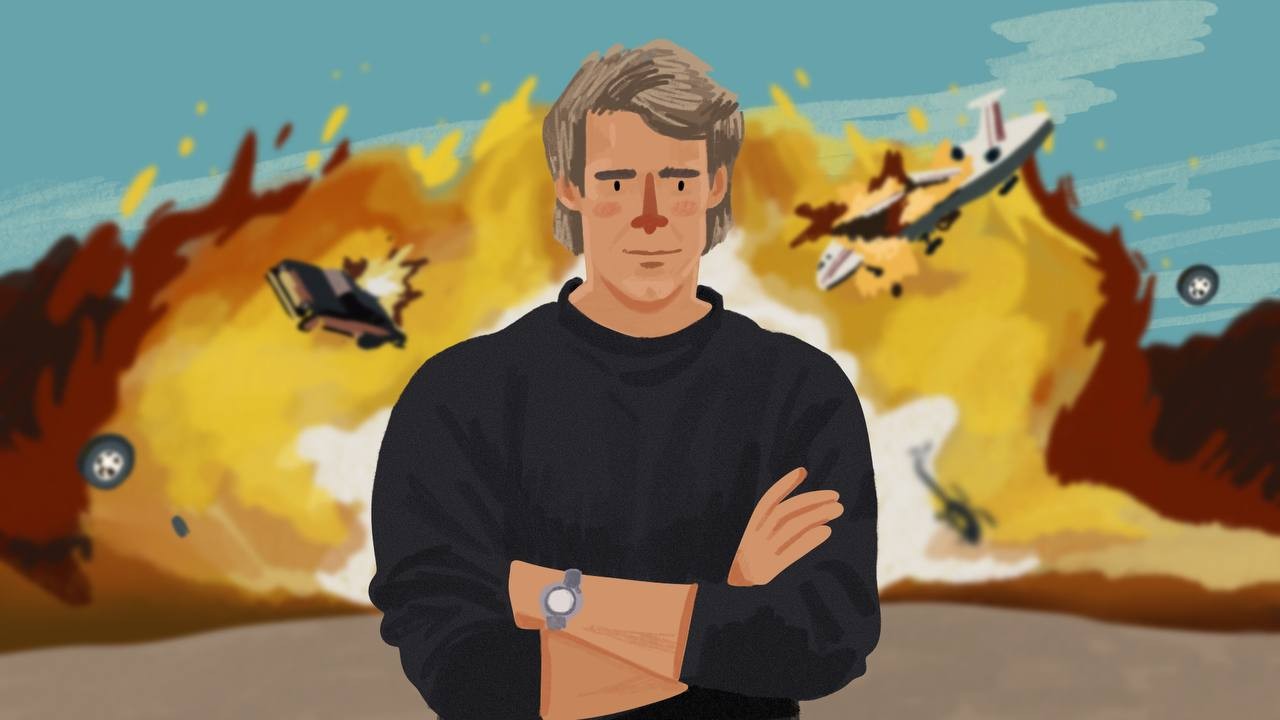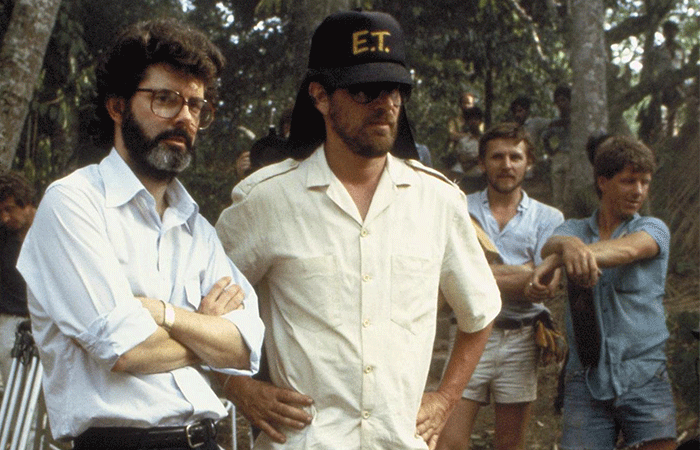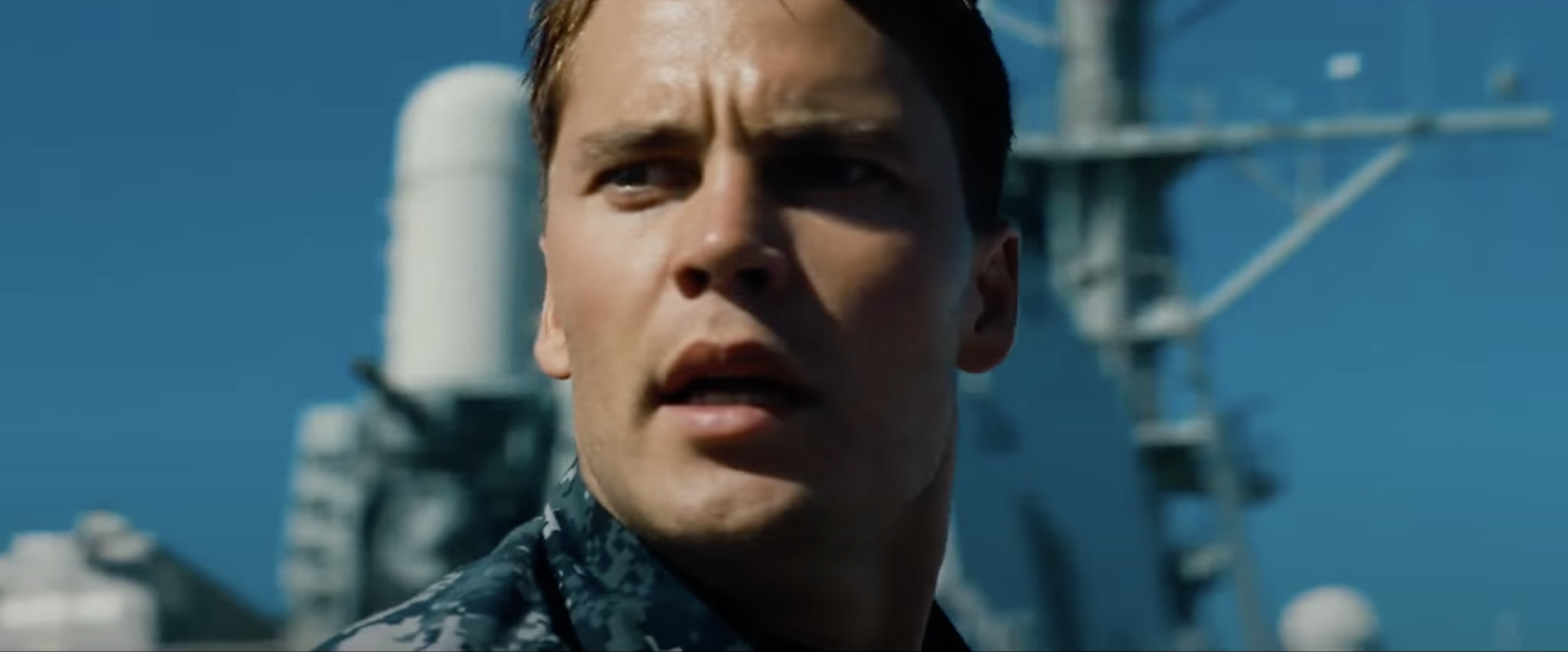How to make a Boom: Michael Bay
An action movie fanatic, a film critics' "favourite" and simply one of the highest-grossing directors of our time. Today we want to tell you about the controversial, but a very interesting figure of Michael Bay.


Give Michael Bay a bag of money to make a movie and he'll make several times as much. An action movie fanatic, a film critics' "favourite" and simply one of the highest-grossing directors of our time. Today we want to tell you about the controversial, but very interesting figure of Michael Bay.
Disclaimer: our blog has no academic purpose behind it, because we are viewers just like you. Filmustage does not aim to educate, but to gather a close-knit film community around us. We can be wrong about certain statements - and that is fine. We are open to discussion and criticism. The main thing is to love cinema and talk about it.
Before we continue, we want to remind you that here we promote the love of art and try to inspire you to take your camera and make a short film. Leave the boring pre-production routine to the Filmustage - automatic script breakdown - and focus on your creativity!
Also after a long time of hard work we are happy to announce the beta-testing of the new Custom categories feature in the Filmustage software. Be one of the first to test the new functionality - click here for more detailed information.
Art by @nadi_bulochka
A little biographical background
Michael Bay was born in Los Angeles and grew up in foster care. Since his childhood, Bay was fascinated by effects, many of which he shot with his 8mm camera. The decision to become a director, however, he made at the age of 15, when he found himself interning for George Lucas on the set of "Raiders of the Lost Ark" (1981). The turning point was that he initially thought that the film would be terrible, but when he saw the final movie in the cinema, he changed his mind. The magic of cinema that is created on the set finally infected young Michael Bay.

In 1986 Michael Bay successfully graduated from Wesleyan University, majoring in English and Film. Bay then almost immediately began working at "Propaganda Films" production company as a commercial & music videos director.
Working on music videos for such artists as Tina Turner, Meat Loaf and Lionel Richie, Bay won MTV award nominations. Also young fillmaker was acclaimed in the advertising industry, as he won a Clio Award in 1992 for his Red Cross commercial.
"At Cannes, Michael Bay has won the Gold Lion for The Best Beer campaign for Miller Lite, as well as the Silver for "Got Milk". In 1995, Bay was honored by the Directors Guild of America as Commercial Director of the Year", - IMDb Mini Biography By: Tony Fontana
Michael Bay's directing style or how to create "Bayhem"
After gaining recognition in the advertising and music video industries, Bay went on to develop his first feature film, "Bad Boys" (1995). However, unlike his fellow "Propaganda Films" colleagues, Bay became known for his thunderous blockbusters. It is worth noting that Bay's directorial style has not evolved over the years but has increased in scope with more chases, explosions and gunfire. Each element Michael Bay uses, however, is subordinate to the principle of spectacle viewing.
The way we see Michael Bay's films is of course defined by his visual style, namely his obsession with dynamics. This is evident in the multitude of camerawork techniques that Bay reproduces from film to film. For example, push in - i.e. the physical proximity of the camera to a character or object. Bay uses this non-trivial device to accomplish many tasks, from simply focusing on the subject to establishing shots to introduce the location.


Just as often, Bay uses proximity to introduce a character or to anticipate a phrase/action.
Furthermore, there is no static at all in this director's films! It's as if Michael Bay purposely doesn't want to stop the movement in the frame for a second. And even when the content is quite passive, the director fills the "visual silence" with tracking shots & dynamic panning.
Here I would like to elaborate on how Bay's work with movement and content sets him apart from other blockbuster directors. First and foremost, Bay is a fan of telephoto lenses which, due to their optical characteristics, can capture a limited angle and therefore make space appear constricted. In addition, telephoto lenses also make the picture look flatter, making the background overlays the foreground and the image appear cluttered. Now let's take a look at two examples:




Peter Berg's "Battleship" (2012) is in many ways an attempt to reproduce Michael Bay's style, but in this one shot you can see how artificial the film is: the pan is committed around the hero, just like Bay does it, but the point is that the background is just the sky. In this case, the shot is deprived of any narrative and expositional meaning. All that's left is a contrived pathos that, at best, would make an audience uncomfortable. What would Mackle Bay do in such a case? Oh, well:
Most likely for the same shot, Bay placed his character in front of the set of a ship or other object, not just to twirl around the protagonist, but to show the context of the film and unravel the scale. It is also fair to say that Michael Bay's camerawork in his films is also underpinned by unusual angles (the Dutch angle) as well as interesting movements (the diagonal panning, for example).
Secondly, Michael Bay is a big fan of the slow motion shots. The cinematic nature of this technique is extremely varied, but Bay uses it rather one-sidedly: the tension reaches its climax and the passions in the frame become so heated that time slows down in the frame. This is not Bay's normal perception of the passage of time, but the characters' perception of it. Thus the moment of suffering, triumph, victory and so on is elevated to the absolute and made to look epic and significant. At times, of course, the director over-applies the slow motion, which leads to excessive pathos, but we could not fail to note this characteristic Bay's stylistic device.
And thirdly, Bay's passion for the deep mise-en-scene is worth mentioning. Michael Bay is well aware of the importance of the background as well as its style-forming role. When watching his films closely, we notice that the frame is always full and void-free. We have already noticed many of the techniques Bay uses for dynamics. However, not only the camera, but also the content of the frame must be in motion to achieve compositional interaction. And this is another aspect that sets Bay apart: his shots are lively and as full of action and people as possible (from the foreground to the backdrop). Indeed, it's as if everything in every Michael Bay shot is working as a cohesive and unified machine.




Add up everything we've described above and you'll get a perfect formula of "Bayhem": a pathos-filled story with overstuffed and overdriven visuals, as well as plenty of action and explosions in the slow motion. Of course, it's worth admitting that in pop culture the designation "Bayhem" is often used in an ironic way, but Michael Bay has absolutely created his own niche of blockbuster films that many are trying to replicate. It's very cool and deserves respect!
Afterword
Ultimately, we can say that Michael Bay's directorial style doesn't have the same consistency as, let's say, David Fincher's, but Bay's style is incredibly functional. While you can criticise his films for their silly plot, over-the-top grandiosity and militaristic nature, he possesses a remarkable amount of expertise which allows him to manipulate audiences' emotions and make the studios a handsome profit. Michael Bay's profitability is hardly coincidental... Think about it.
From Breakdown to Budget in Clicks
Save time, cut costs, and let Filmustage’s AI handle the heavy lifting — all in a single day.